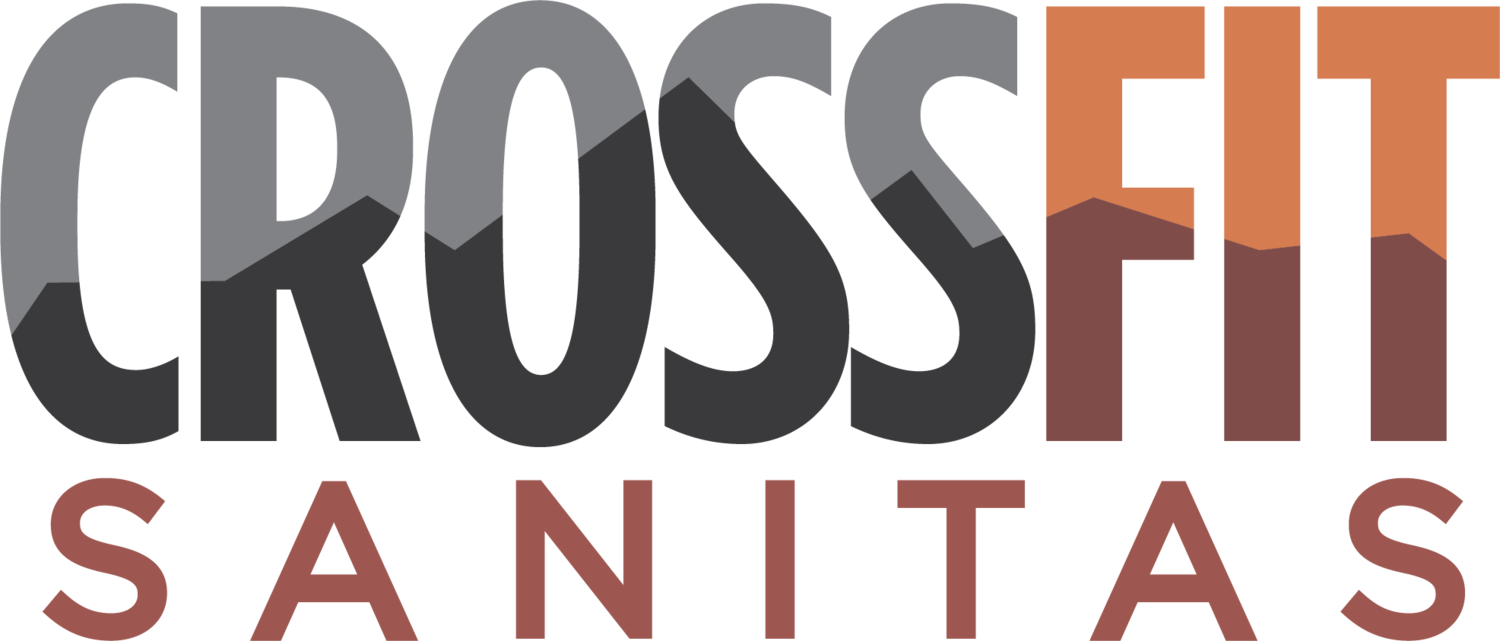Sit Less To Perform Better
Sitting has been getting a lot of attention lately with multiple studies showing the detrimental affects long periods of inactivity has on your health. People are sitting an average of 9 hours a day at work, in their cars and at home watching TV, which is about 2.5 hours longer than they are sleeping.
Sitting more than 6 hours a day has some scary consequences including:
The risk of heart disease increases by up to 64%
Your life expectancy drops by 2-7 years.
You increase your risk of colorectal cancer and breast cancer (they estimate 90,000 new cases a year are from sitting)
For every 2 hours you spend sitting down, your chance of contracting diabetes goes up 7%,
You are more likely to have insomnia and depression
And perhaps scariest of all is your otherwise healthy lifestyle doesn’t help counteract all the hours in the chair. That’s because siting for long periods of time cause your body to shut down on the metabolic level – your circulation slows and you burn fewer calories. Fat burning enzymes reduce to 50% and maybe one of the reasons you may not be able to lose weight.
When you sit your hip flexors and hamstrings shorten and tighten while spine supporting muscles become weak and stiff. This can lead to problems like chronic lower back pain.
Sitting also decreases your mobility, restricting your body from getting full range of motion and affects the development of strength, power and speed you can perform a movement with. Poor mobility is demonstrated in CrossFit movements that require both stability and flexibility – such as overhead squats.
During his recent mobility clinic, Coach Matt talked about how many people associate injury with intense exercise like running and CrossFit. However, it’s not the movement patterns that cause issues, rather damage and dysfunction caused from bad daily habits like sitting too long. The exercise merely highlights these dysfunctions.
With all the detrimental affects, it’s easy to see why sitting is being called the new smoking; each hour of sitting is equivalent of smoking a cigarette.
Start being aware of how much time you are spending sitting down and look for ways to reduce time. Here’s some easy ways you can do this:
1. Use a stand up desk.
Standing at your desk causes you to burn 50% more calories an hour than sitting. It also alleviates the pressure on the spine, organs and joints that sitting creates. While at first it may seem that it’s easier to work sitting down, after working standing you’ll notice that you have more energy and that helps you to work more effectively.
You can get an adjustable desk for a few hundred dollars, or can convert your existing desk for as little as $30. There are a lot of creative examples available online on how to do this.
I converted my desk using two folding stools and a shelf from Home Depot. Simple, cheap and what it lacks in elegance it makes up in for by requiring absolutely no skill or power tools to put together.
2. Change how you watch TV
TV is the modern meditation. People use it relax and unwind, but much like smoking, the illusion of relaxation hides the bigger problems it creates. On top of all the problems from sitting, the blue light emitted from electrical devices halt the production of melatonin, throws off your biological clock and disrupts your sleep which affects your mood and health.
Minimize your TV consumption to less than 2 hours a day and stop watching a couple of hours before you want to sleep. If you are watching TV, instead of being a couch potato:
Mobilize – if you are going to be in the pain cave, you might as well be entertained.
Watch TV on your laptop while you do housework
Exercise during the commercials or as a game during the show
3. Mobilize your hips regularly when sitting for longer than 5 minutes.
By mobilizing regularly throughout your day as you are sitting, you prevent the muscle from shortening and the joint becoming stiff.
Start by bending your leg across your opposite knee.
2. You can play around with position of the knee to stretch different muscles.
3. Keep spine straight and core tight. Stick butt back and fold forward.
If you experience pain, support your knee by holding it closer to your body.
Hold for at least 1 minute on each side and repeat regularly as you sit.
4. Move around regularly
When you do have to sit, set an alarm to get up and move around. Go for a 10 minute walk every hour. If you are at work try turning some of your regular activities into opportunities to stand and move around:
Visit your colleagues instead of emailing them
Stand while talking on the phone.
Go on walking meetings where possible.
Take an active lunch break
5. Prioritize mobility
Mobility is just important as your WODs. By understanding where your personal mobility issues lie, you can begin to focus on bringing your body back into balance. Some ways you can do this are:
Attend the Mobility WODs on Tuesday and Thursdays at 8:30am.
Mobilize before and after your workouts.
Test your functional movement across 7 core exercises during the Mobility Clinic and create a plan to improve your overall mobility.
Get regular massages to help lengthen the muscles.
We’d love to hear some of your tips to sit less. Share them with us in the comments below.







